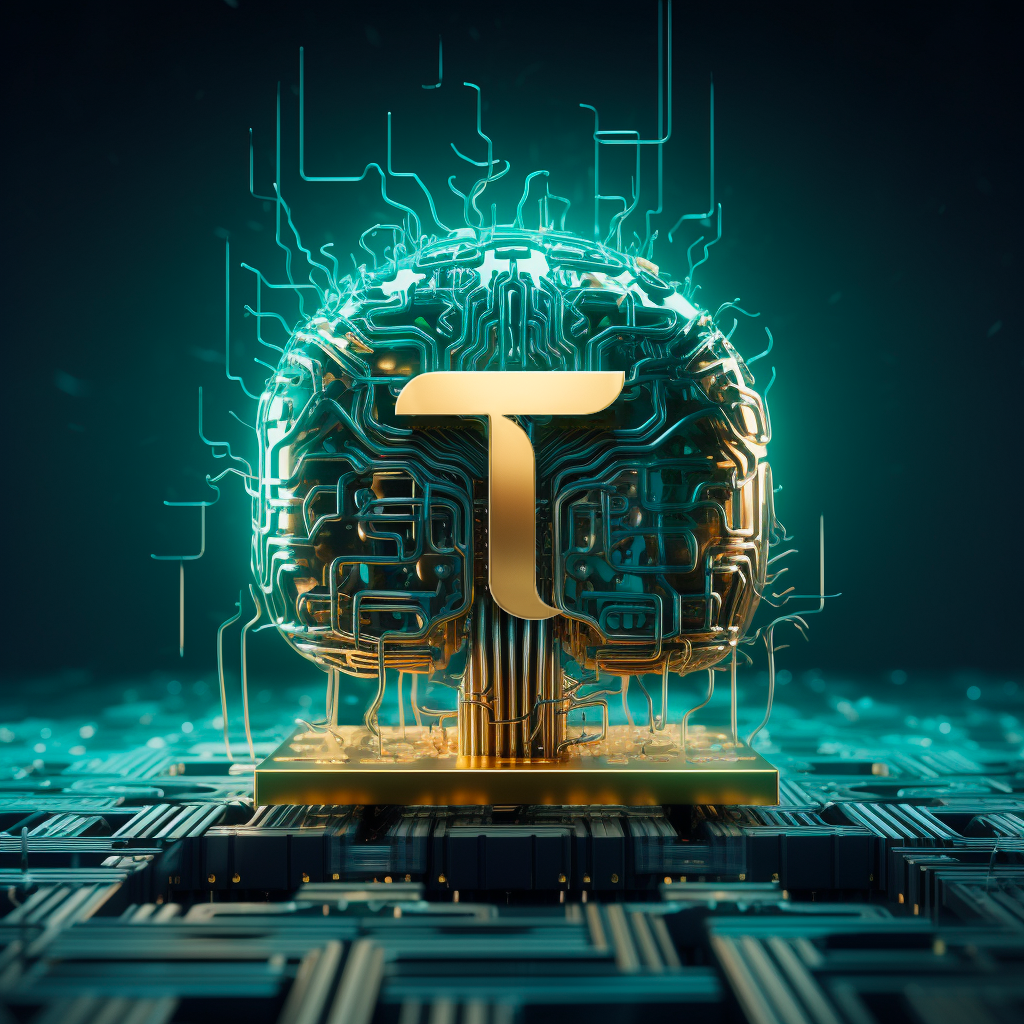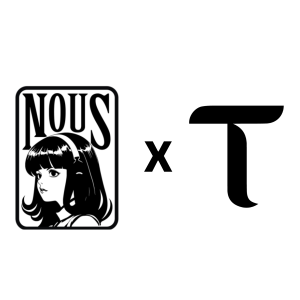The Yuma consensus is a groundbreaking consensus mechanism that has been developed by the Bittensor Network. It is a decentralized, peer-to-peer consensus algorithm that allows for the distribution of computational resources across a network of nodes.
What makes the Yuma consensus so revolutionary is that it enables the creation of a truly decentralized AI network, one that is not controlled by any central authority or single entity. This is a major step forward for the field of AI, as it allows for the development of algorithms and models that are not only more efficient but also more robust and secure.
One of the key benefits of the Yuma consensus is that it allows for the distribution of computational resources across a network of nodes. This means that the processing power required for AI tasks can be shared across a large number of nodes, making it possible to handle more complex tasks and larger datasets.
Another benefit of the Yuma consensus is that it is highly scalable. Because the network is decentralized, it can be easily expanded as more nodes are added, making it possible to handle even larger workloads. This makes it an ideal solution for organizations and individuals that need to process large amounts of data or perform complex AI tasks.
The Yuma consensus works by using a combination of proof-of-work and proof-of-stake mechanisms. Nodes in the network are required to perform computational work to validate transactions and create new blocks. This work is then verified by other nodes in the network, and if it is deemed valid, the node that performed the work is rewarded with a token.
In addition to this proof-of-work mechanism, the Yuma consensus also uses a proof-of-stake mechanism to ensure that nodes are incentivized to act in the best interests of the network. This mechanism requires nodes to hold a certain amount of tokens, which they can use to participate in the consensus process.
The Yuma consensus is a groundbreaking and revolutionary consensus mechanism that has the potential to transform the field of AI and decentralization. Its unique combination of proof-of-work and proof-of-stake mechanisms, along with its ability to distribute computational resources across a network of nodes, make it an ideal solution for organizations and individuals that need to perform complex AI tasks or process large amounts of data.
One of the major advantages of the Yuma consensus is its ability to support the creation of decentralized AI applications. Traditionally, AI applications are centralized and run on a single server or cluster of servers. This centralization makes it difficult to scale applications to handle large workloads and can lead to performance issues and potential security vulnerabilities.
With the Yuma consensus, however, AI applications can be decentralized and run across a network of nodes. This means that computational resources can be distributed across the network, making it possible to handle more complex tasks and larger datasets. Additionally, this decentralization makes it more difficult for attackers to compromise the network, as there is no single point of failure.
Compared to traditional consensus mechanisms, such as proof-of-work or proof-of-stake, the Yuma consensus offers several advantages. Proof-of-work mechanisms are known to consume large amounts of energy, which can make them environmentally unsustainable. Proof-of-stake mechanisms, on the other hand, can be susceptible to centralization if a few nodes hold a majority of tokens.
The Yuma consensus avoids these issues by using a hybrid approach that combines both proof-of-work and proof-of-stake mechanisms. This approach strikes a balance between energy consumption and centralization, while also ensuring that the network remains secure and decentralized.
Another advantage of the Yuma Consensus is its flexibility. Because the network is decentralized, it can be customized to suit the specific needs of different organizations and applications. For example, an organization that requires high-speed processing may choose to prioritize nodes with more computational power, while an organization that values security may prioritize nodes with a higher level of validation.
Overall, the Yuma consensus is a significant advancement in the field of AI and decentralization. Its ability to distribute computational resources across a network of nodes, while also maintaining security and transparency, makes it a promising solution for a wide range of applications. As the technology continues to evolve, we can expect to see even more innovative applications of the Yuma consensus and other decentralized AI technologies.
The robustness and resilience of the consensus enables it to build unstoppable AI applications on top of it. They can operate without the fear of censorship or any other kind of interference from any central authority like governments. Always keep that in mind cause it could lead to a very interesting future of the Bittensor Network.
Written by Silas







